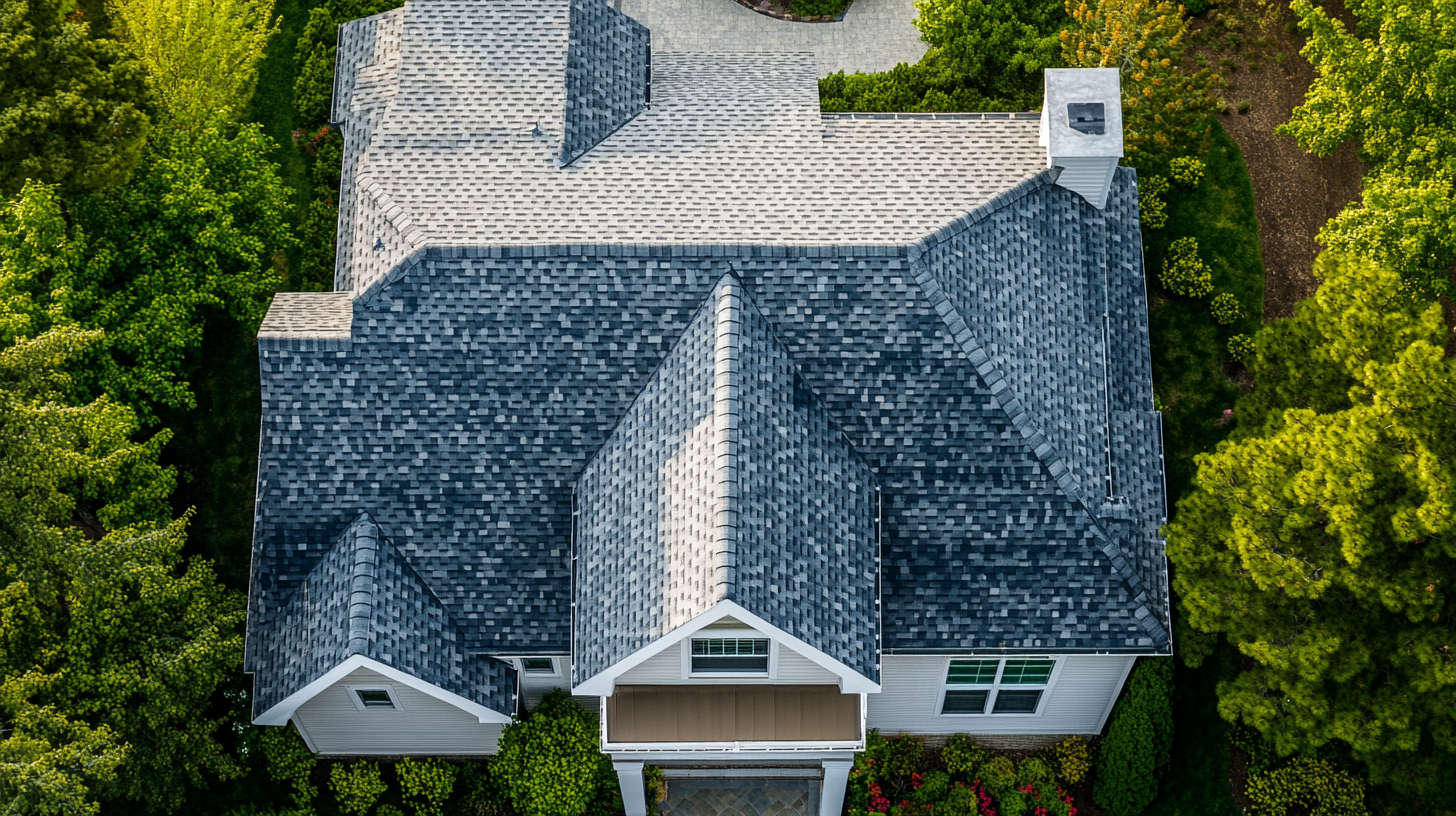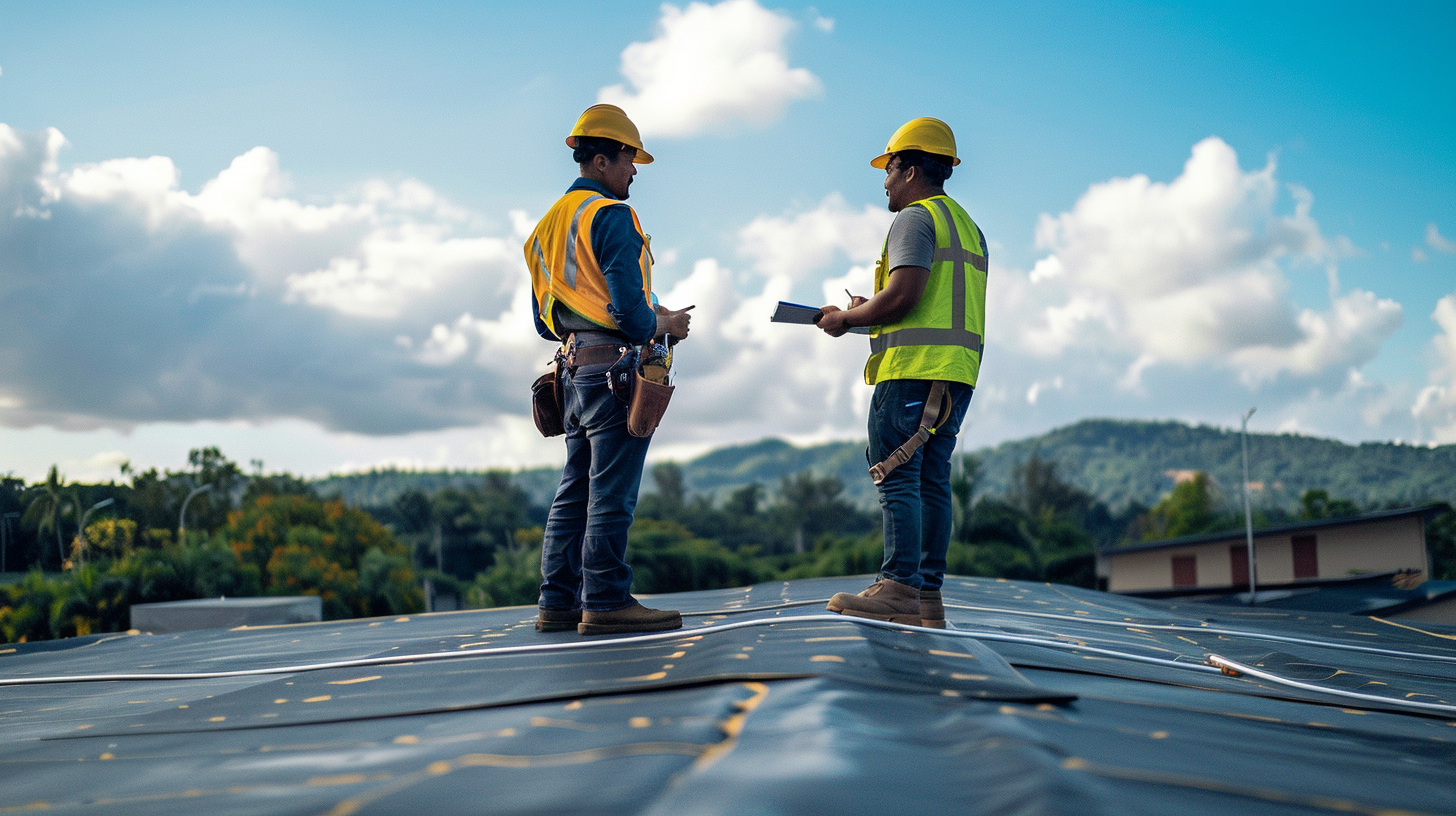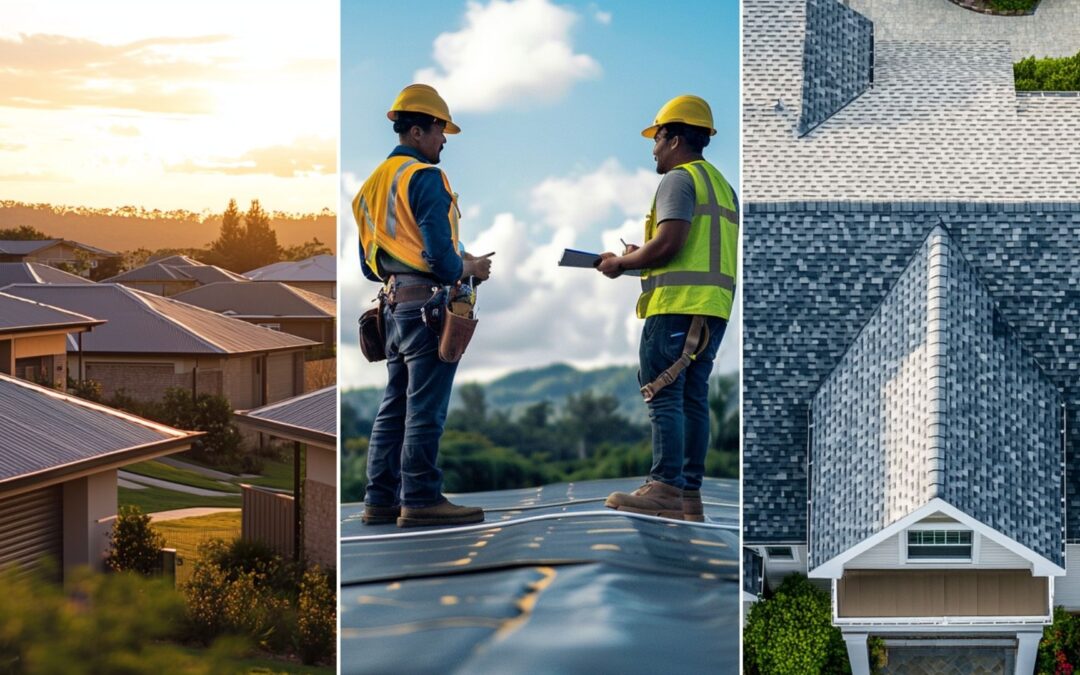Photos in Roof Inspection Reports
Roof inspections are a crucial aspect of maintaining the integrity and longevity of any structure. Regularly conducting these inspections helps identify potential issues before they escalate into costly repairs, protecting the roof and the property’s overall value. Roof inspection reports that include photographs provide essential visual context, allowing homeowners and property managers to understand their roofs’ condition better. These reports enhance communication between contractors and clients, ensuring necessary repairs or maintenance are documented and understood. In a world where weather-related events and age-related wear and tear can quickly compromise a roof’s performance, providing thorough inspections is a proactive measure that pays off in the long run.
Understanding the Need for Regular Inspections
Understanding the need for regular inspections is crucial for maintaining the roof condition of any property. Scheduling regular inspections allows homeowners to catch potential issues early, preventing minor problems from escalating into more severe and costly repairs. Neglecting these vital assessments can lead to significant maintenance challenges and increased repair costs. A well-documented roof inspection report with photographs of the roof’s condition can help identify areas requiring attention and facilitate informed decision-making regarding necessary repairs. By prioritizing regular inspections, homeowners not only safeguard their investment but also enhance the longevity and performance of their roofs, avoiding the inconvenience that comes with unexpected failures.

Photos - Benefits of a Professional Roof Inspection - Sky Roofing Construction & Remodeling
Benefits of a Professional Roof Inspection
A professional roof inspection offers invaluable insights into the roof condition, empowering homeowners and buyers alike to make informed decisions. Providing a detailed report, which may include a roof diagram and visual inspection of the entire roof, helps identify signs of damage across different roofing components, including the roof surface. Professional roof inspectors use advanced tools like satellite imagery, drone imagery, and satellite images to capture comprehensive roof views, ensuring everything is noticed. This thorough analysis of the type of roof and any potential issues aids in effective budgeting for both immediate and long-term roofing needs.
Engaging roofing contractors to review the findings and recommend necessary repairs further enhances the confidence of homeowners and buyers in real estate transactions. Knowing the roof’s condition through a detailed report and professional evaluation ensures that buyers are fully aware of the roof’s status before committing. Moreover, accessing the inspection results on a mobile device brings peace of mind, as it safeguards the home and belongings from the elements, protecting families from unexpected damage.

Photos - Specific Inspection Needs - Sky Roofing Construction & Remodeling
Types of Roofs and Their Specific Inspection Needs
Understanding the various types of roofs and their unique inspection needs is essential for homeowners and property managers alike. Different
roofing materials and designs come with distinct vulnerabilities and maintenance requirements, making tailored inspection reports invaluable. Incorporating roof photography, including close-up photos and aerial images captured through advances in technology and aerial technology, provides actual photo proof of the roof’s condition.
Professional inspections, whether actual or virtual, often utilize 3D roof diagrams and detailed roof visuals to understand the roof’s status comprehensively. These reports, supported by routine and annual inspections, highlight concerns such as active roof leaks and emphasize the importance of timely repairs.
From asphalt shingles to metal roofs and flat roofs to tile roofing systems, each type of roof presents challenges and necessitates specialized inspection techniques. Properly documented inspections, enriched with actual photo proof, ensure that potential issues are identified early, prolonging the roof’s life and safeguarding the property beneath.

Photos - Common Roof Types - Sky Roofing Construction & Remodeling
Understanding the standard roof types is essential for maintaining the integrity and longevity of your home. Each roofing material offers unique benefits and characteristics that can influence your home’s structure’s aesthetic appeal and functionality. Familiarizing yourself with these options allows you to make informed decisions about regular roof inspections, repairs, and enhancements, safeguarding your investment and enhancing curb appeal.
Knowledge of various roof types also equips you to evaluate a roof report better, especially when working with roofing inspectors or a professional contractor. This understanding is crucial when reviewing roof inspection standards and the roofing industry practices, particularly for commercial roofs. By grasping the entire process, from a basic roof inspection to more detailed assessments, you’ll be better prepared to assess the condition of your roof and ensure it meets the necessary standards.
Unique Considerations for Flat Roofs
Regarding roof inspections, flat roofs present unique challenges and considerations that demand special attention. Unlike traditional sloped roofs, flat roofs have a much different design and drainage system, making them more susceptible to water accumulation and potential leaks. The inspection process for flat roofs should involve thoroughly evaluating the surface material, drainage pathways, and any signs of wear and tear. Photographs captured during the inspection can provide valuable documentation of existing conditions and highlight areas of concern. Including these images in an inspection report lets homeowners make informed decisions about necessary repairs or maintenance. Understanding the specific characteristics and potential issues associated with flat roofs is crucial for ensuring their longevity and performance, making comprehensive inspection reports an indispensable tool for property owners.
Inspecting Sloped vs. Gabled Roofs
When it comes to roof inspections, understanding the differences between sloped and gabled roofs is essential for homeowners and contractors. Each roof type presents unique structural characteristics, potential issues, and inspection methods. Sloped roofs, with their angled surfaces, are designed to shed water and snow efficiently, but they can also present challenges such as ensuring proper drainage and checking for wear on shingles. In contrast, gabled roofs, characterized by their triangular shape, often offer more attic space and ventilation but may be susceptible to wind uplift and ice dam formations. A thorough roof inspection report, complete with detailed photographs, can provide invaluable insights into the condition of both sloped and gabled roofs, helping identify potential problems early and ensuring the roofing system’s longevity.
The Inspection Process: What to Expect
A comprehensive roof inspection is a crucial step in maintaining the integrity and longevity of your roofing system. During this process, trained professionals methodically assess the roof’s condition, identifying existing issues and potential risks. One of the standout features of a thorough roof inspection is the detailed reporting that includes photographs of the actual roofs inspected. This visual documentation enhances transparency and gives homeowners a clear understanding of findings, allowing for informed decision-making. As we delve into the inspection process, we’ll discuss what to expect, from the initial assessment to the meticulous documentation that captures the roof’s condition. Understanding what occurs during this critical evaluation helps homeowners appreciate its importance and encourages proactive maintenance.
Pre-Inspection Preparation
Before embarking on a roof inspection, proper preparation is essential to ensure a thorough and efficient process. Pre-inspection preparation involves gathering necessary tools and checking weather conditions, as well as a well-defined plan for the inspection itself. This preparatory phase not only enhances safety but also maximizes the effectiveness of the inspection, ultimately leading to more accurate reports and better service for homeowners. By securing access to the roof and familiarizing oneself with the structure, inspectors can identify potential hazards and prioritize areas of concern. With the proper groundwork laid, the inspection can proceed smoothly, yielding detailed insights that will be beneficial in the subsequent reporting, including the incorporation of photographs showcasing the actual condition of the roof.
The Power of Roof Inspection Reports with Photos
Photos are vital in roof inspection reports, providing precise and detailed visual evidence of your roof’s condition. These images enhance understanding and aid in making well-informed decisions about necessary repairs or maintenance (https://skyroofingconstructiontx.com). To ensure your roof remains in top shape, contact Sky Roofing Construction & Remodeling at (210) 942-9797 to schedule a quality roofing inspection or installation today.




